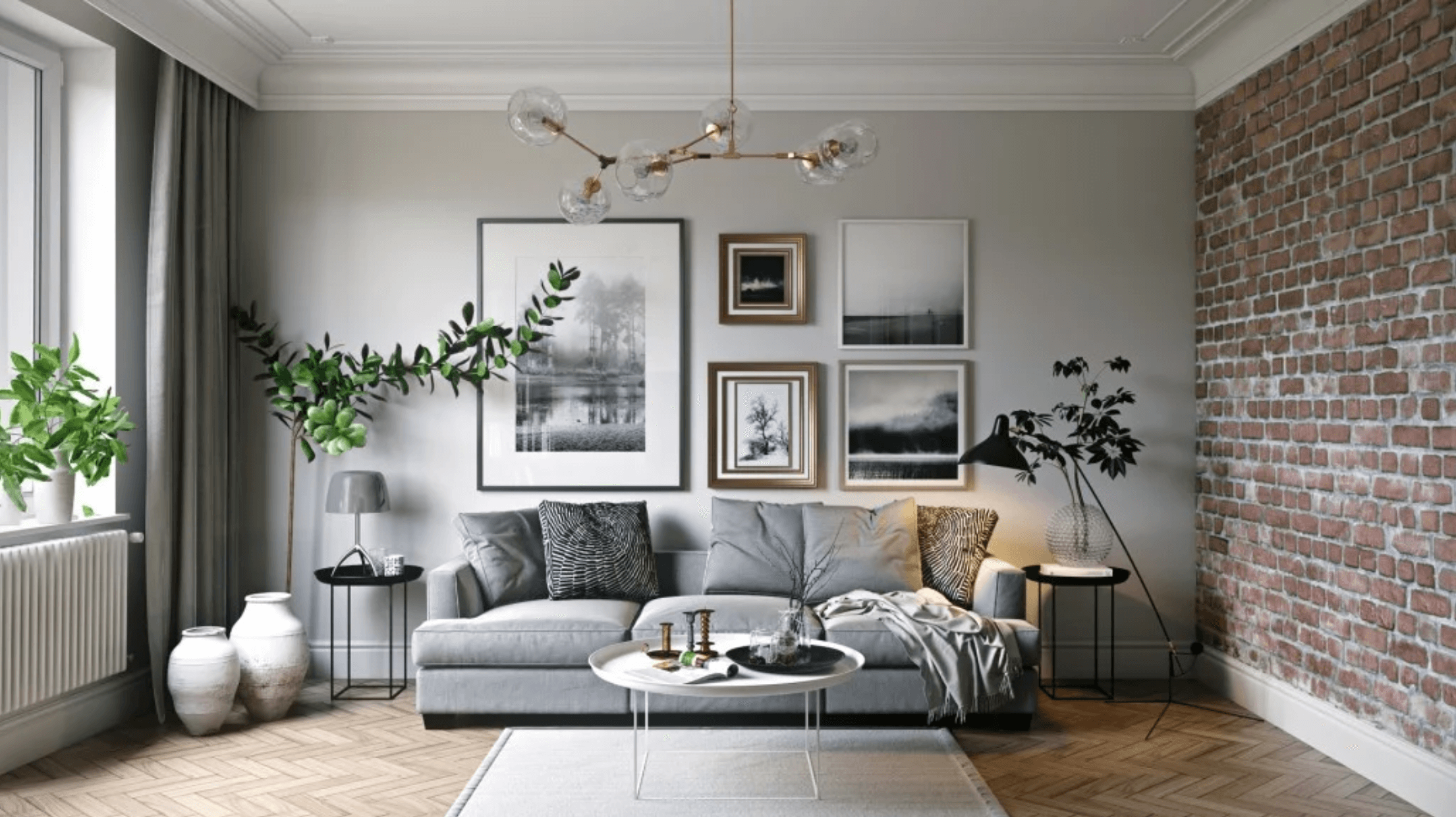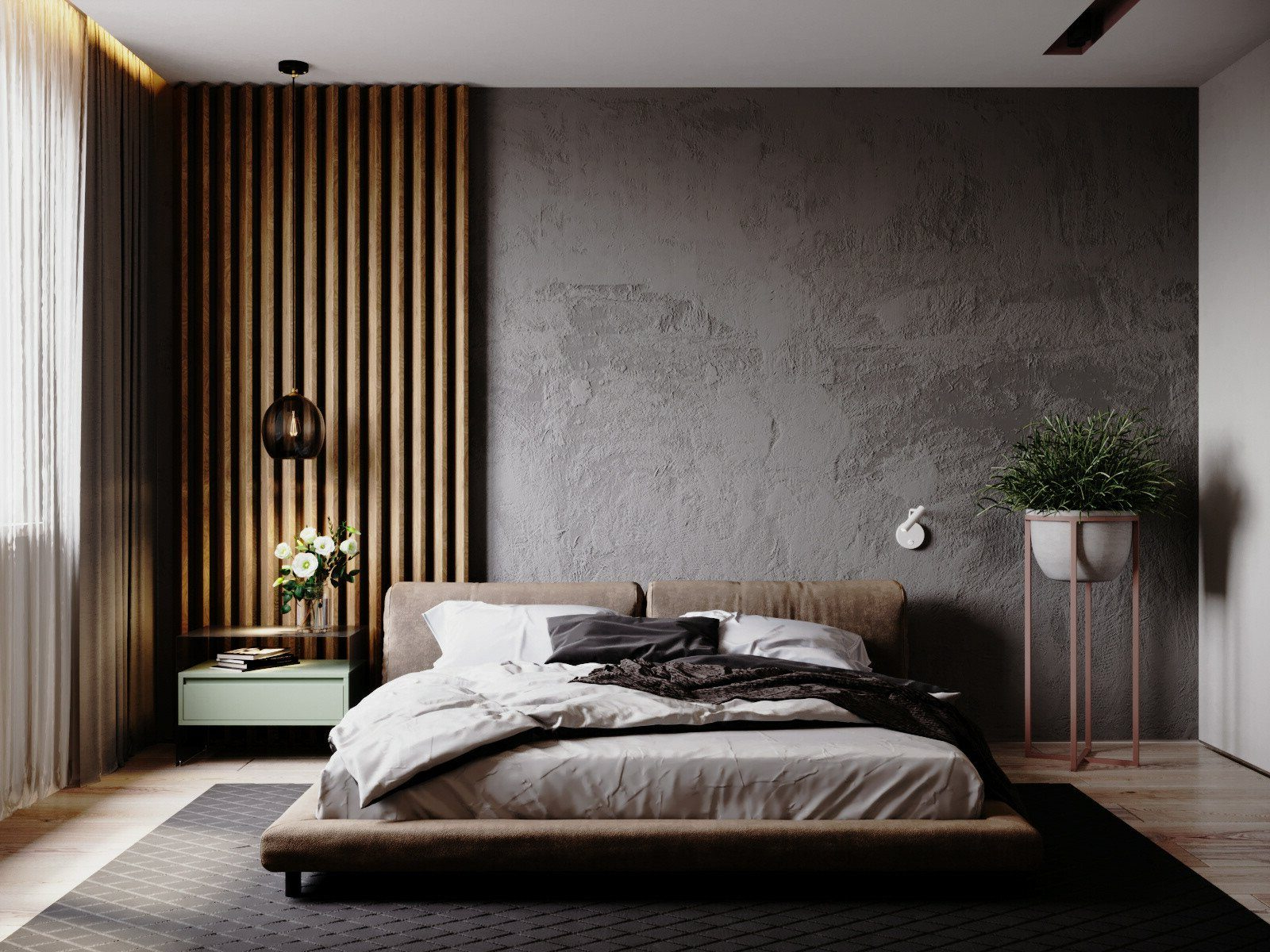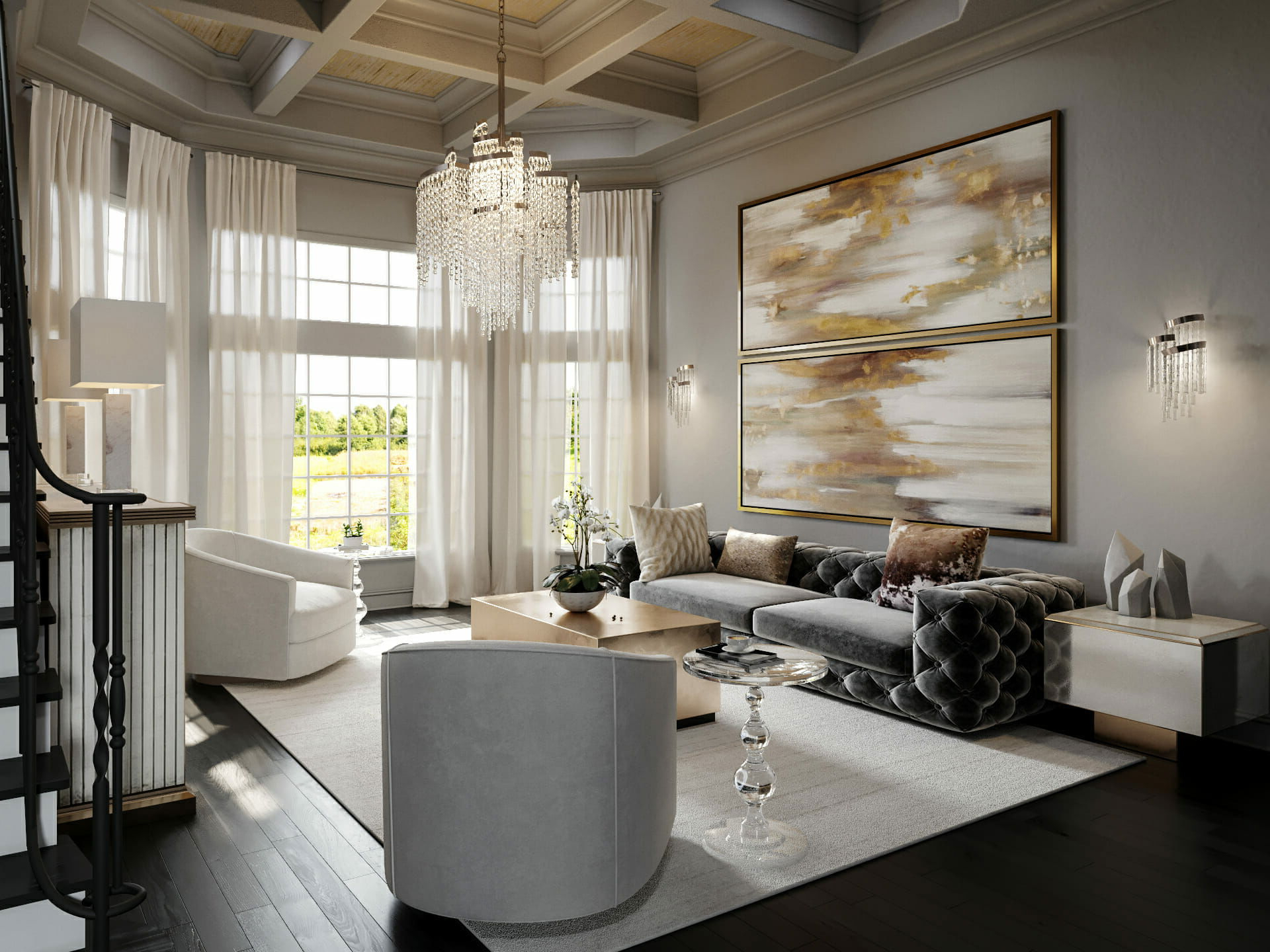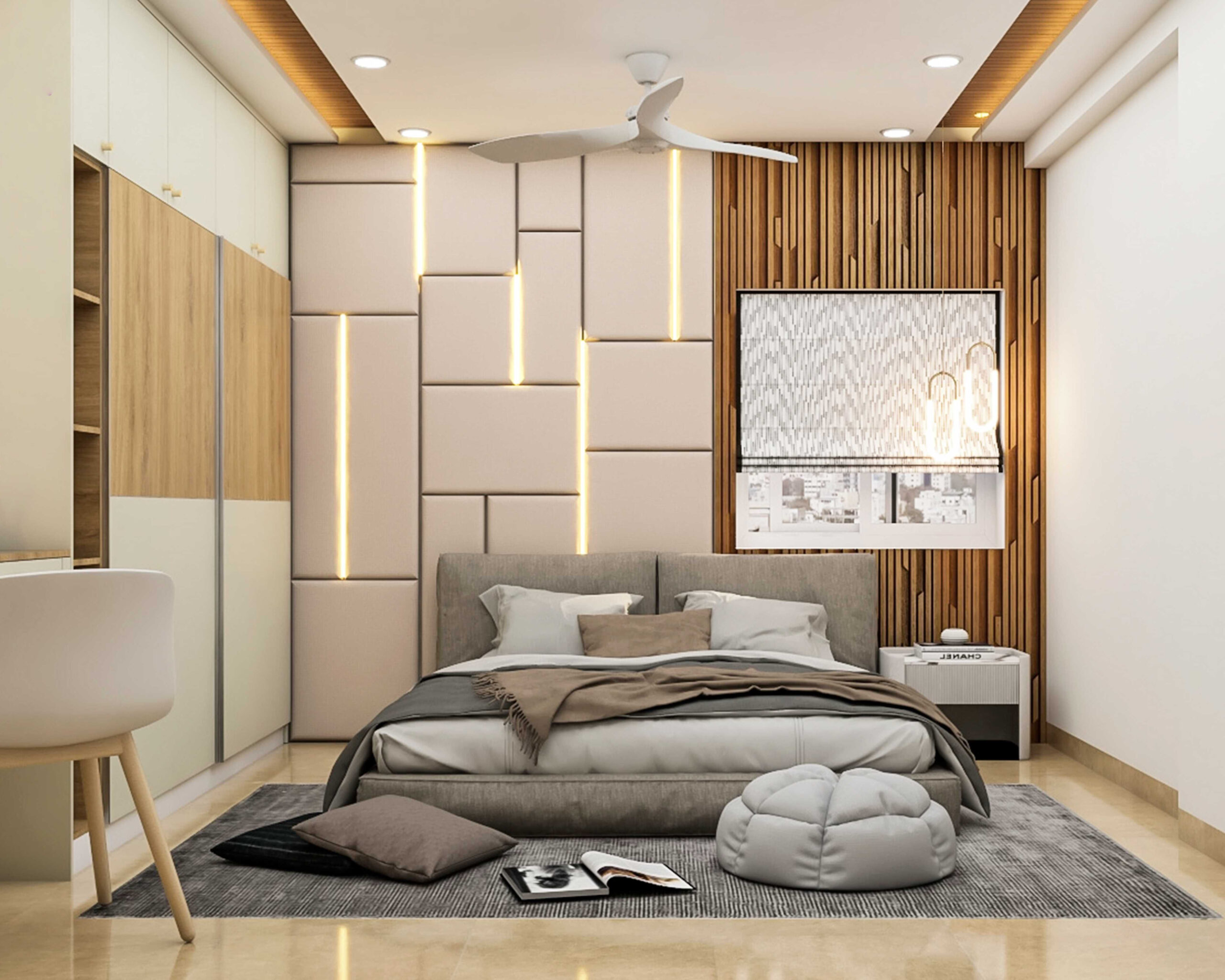What if we told you that your tiny apartment, studio, or cramped bedroom could feel spacious, functional, and absolutely wonderful? It’s not magic—it’s smart design. When you’re working with limited square footage, creativity becomes your best friend. The right approach can turn a stuffy corner into a cozy reading nook, or transform a narrow hallway into a stylish storage solution.
Let’s face it—many of us live in spaces that don’t quite measure up to our dreams. Whether it’s a studio apartment that feels too cramped, a home office that’s barely big enough for a desk, or a bedroom that’s just one step away from feeling claustrophobic, small spaces present unique challenges. But here’s the thing: they also offer incredible opportunities for creative thinking. The secret lies not in adding more things, but in thinking differently about how you use space. It’s like having a puzzle with fewer pieces—you have to get clever about how they fit together. What if we could show you how to make the most of every single square foot?
The Psychology of Small Spaces
Understanding why small spaces can feel overwhelming is crucial before diving into solutions. Our brains naturally associate open, airy spaces with comfort and freedom. When everything feels packed in, it can trigger stress and anxiety. This psychological effect explains why people often feel better in larger rooms—even if they’re empty. The key is creating visual openness through smart choices. Consider how light behaves in tight quarters. Natural light makes everything seem bigger, while poor lighting can make even a modest room feel like a cave. Think about how you want to feel in your space. Do you want it to feel calm and restful, or energetic and inspiring? The answers will guide your design decisions.
Color Strategies for Maximum Impact
Colors have power beyond what we usually think. In small spaces, they become your biggest allies. Light, neutral colors like whites, creams, and soft grays reflect light and make walls appear farther away. This optical illusion creates the sense of more space. Don’t underestimate the impact of a few strategic accent colors. They add personality without overwhelming. For example, painting one wall in a rich blue or green can create a focal point that draws attention upward, making ceilings feel higher. Remember, less is often more when choosing colors. A monochromatic palette with varying tones of the same hue works beautifully in tight spots. The goal isn’t to paint everything white, but to create visual harmony that makes your space feel cohesive and expansive.
Multi-Purpose Furniture Solutions
This is where creativity really shines. Instead of buying separate items for each function, look for furniture that does double duty. A coffee table that also stores books, a dining table that folds down for extra seating, or a bench that doubles as storage. These aren’t just trendy ideas—they’re practical necessities. Think about what activities happen in your space most often. If you work from home, maybe a desk that can be tucked away when not in use. Or if you entertain guests, a sofa bed that transforms your living area into a guest room. The best multi-purpose pieces are those that blend seamlessly into your existing decor rather than standing out as odd additions. Quality matters here because you’ll be using these items regularly.
Vertical Storage: Going Up, Not Out
One of the most effective ways to maximize space is to go vertical. Walls are often wasted real estate in small homes. Install shelves that reach the ceiling to store books, decorative items, or even kitchen supplies. Tall bookcases can serve as room dividers while providing storage. Floating shelves are great for displaying items without taking up floor space. Just remember to keep the top shelves lighter and avoid overcrowding them. Consider installing hooks on walls for coats, bags, or even plants. Vertical storage works especially well in bathrooms, where you can mount shelves above the toilet or sink. The key is organizing everything in a way that feels intentional rather than chaotic. You want your space to feel purposeful, not cluttered.
Lighting That Creates Illusions
Lighting plays a huge role in how we perceive space. Good lighting can make a tiny room feel bright and welcoming, while poor lighting can make even a large space feel dark and dreary. Layer your lighting to create depth and dimension. Combine ambient light (like overhead fixtures) with task lighting (for reading or cooking) and accent lighting (to highlight features). Dimmer switches are magical in small spaces—they let you adjust the mood and make areas feel larger or cozier as needed. Mirrors reflect light back into the room, making it appear bigger. Position them strategically opposite windows or light sources. Don’t forget about LED strip lights under cabinets or along baseboards to create a sense of height and continuity. The right lighting setup can completely change how you experience your space.
Smart Organization Systems
This might be the most important part of small space design. Without proper organization, even the most beautiful space can quickly become a disaster zone. Think about how you actually use your space daily. Do you need to see all your clothes at once? Are you constantly looking for keys or pens? Creating systems that work for your lifestyle helps maintain order and prevents clutter from taking over. Use drawer organizers, shelf dividers, and storage bins to keep similar items together. Label everything so you know exactly where things belong. The goal isn’t to eliminate possessions entirely, but to create systems that make finding and using items easy. Consider hidden storage solutions like beds with built-in drawers or ottomans that open to reveal storage compartments. These are the unsung heroes of small space living.
Transforming small spaces isn’t about doing more with less—it’s about thinking differently and making smarter choices. Every element of your design, from color selection to furniture placement, should contribute to making your space feel larger and more functional. The most successful small space designs balance aesthetics with practicality. They’re not just visually pleasing but also genuinely useful. The key takeaway is that you don’t need a massive budget or professional help to create a beautiful, efficient small space. Sometimes, the best solutions come from simple changes—adding a mirror, choosing the right colors, or investing in clever furniture. The transformation happens when you start seeing your limitations as opportunities. Your small space has the potential to be more than just a place to live—it can be a source of inspiration and joy. The only limit is your imagination.

















